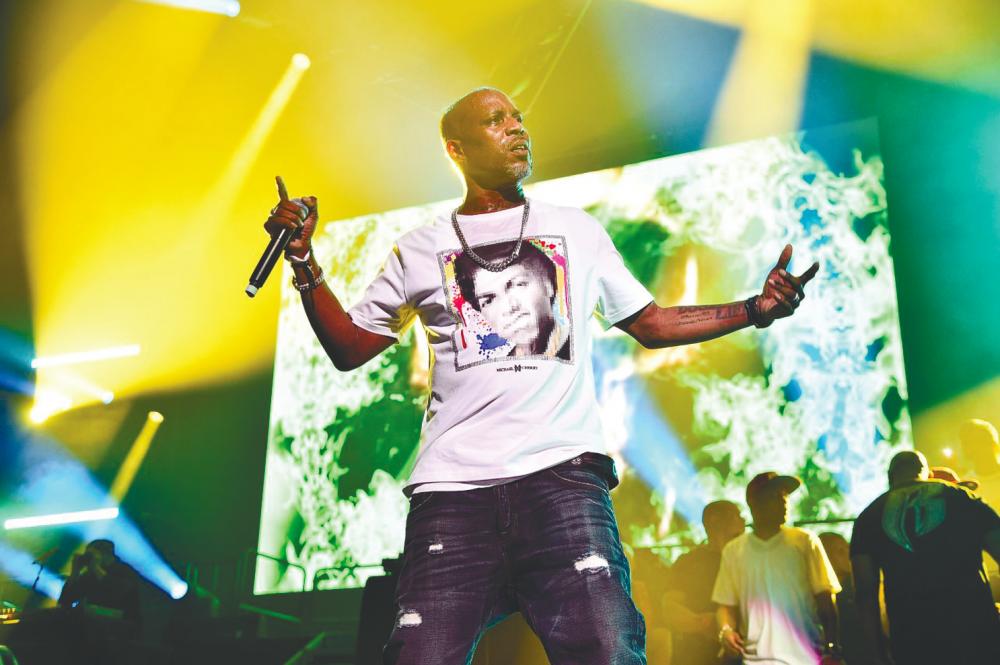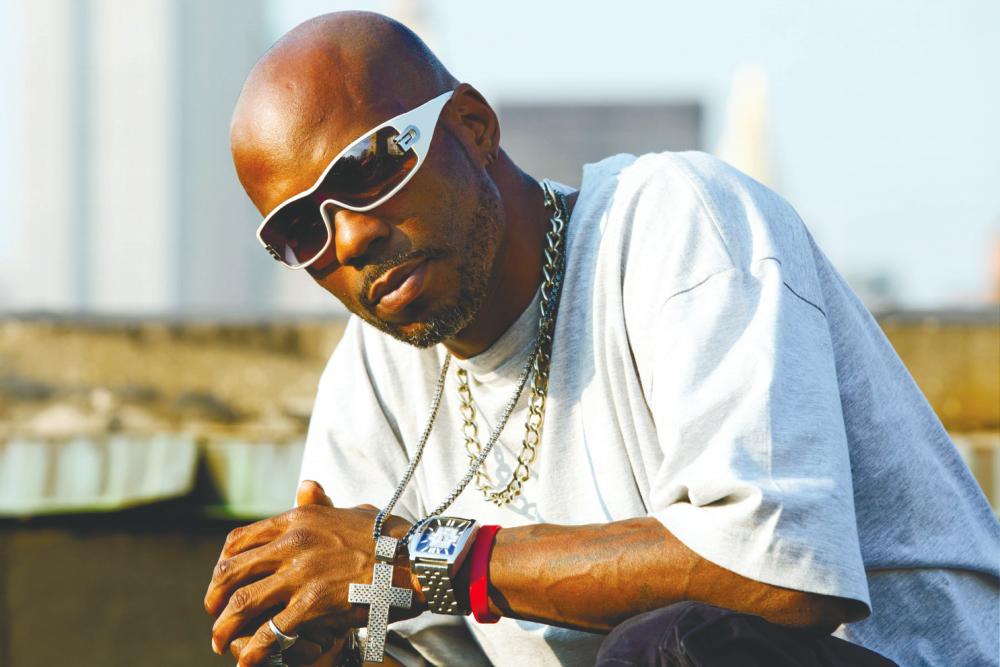IT SOUNDED like a cry for help. “Why is it every move I make turns out to be a bad one? Where’s my guardian angel? Need one. Wish I had one”.
These were the opening lines to the track Damien, off DMX’s debut album It’s Dark and Hell Is Hot, which was released in 1998.
The lines stick out, because for the next 23 years, the award-winning rapper would live both an extremely successful career as a rap and Hip Hop icon, and a just as extreme troubled personal life.
Though the album was released when he was 28 years old, DMX or Earl Simmons was living life on a barb wire even before his ascent in the music industry.
As a child, Simmons grew up like many other African-American children; in a broken family, in the worst parts of American cities.
Frequently abused by his own mother and her numerous boyfriends to the point of losing his teeth and receiving facial injuries, Simmons was visibly affected by the traumatic living conditions he couldn’t escape from.
These culminated with him eventually lashing out by fighting teachers in school, and even stabbing another child in the face with a pencil.

Simmons “rap sheet” of crimes through his early adulthood and teenage years were extensive, recording everything from theft to arson.
Eventually, Simmons was pushed towards beatboxing, writing lyrics and rapping by his earliest mentor, Ready Ron.
Adopting the stagename “DMX”, Simmons quickly rose into prominence as an unsigned rapper due to his abrasive lyricism, his distinct raspy voice that was uncommon in the rap industry and the unique aggression he delivers his music in.
In 1998, DMX also released his second album, Flesh of My Flesh, Blood of My Blood. Both this album and It’s Dark and Hell Is Hot debuted at number one on the Billboard 200 and went multi-platinum.
Following up both albums, DMX dropped the third and his best-selling album, ... And Then There Was X in 1999. All three albums, to this day, remain classics in the world of Hip Hop and rap.
One would imagine that getting signed to Def Jam, possibly the biggest rap label at that time, and then releasing three absolute rap bangers would turn anyone’s life around, but that unfortunately was never the case for DMX.
Plagued with problems and trauma from his past, DMX’s “romance” with felony evolved from his early years into another series of extensive crimes that included animal cruelty and tax evasion, among many others.

Was it all for nothing?
For the sake of context, none of these are meant to disparage DMX. They’re merely to provide context on how he became the person, the musician, the figurehead of rap that he was.
Despite being repeatedly handed the worst hand throughout his life, DMX continued to survive. Any regular person, frankly, wouldn’t have made it.
Yet despite everything, DMX couldn’t outrun the hellhounds that were thirsty for his blood, and on Apr 2, 2021, the rabid hounds from his past finally gripped DMX’s neck in their jaws.
The entire Hip Hop and rap community worldwide came to a pause when news broke that DMX had been rushed to the hospital due to a heart attack.
Rumours began swirling, and every new piece of official information that was released by DMX’s family was worse than the last.
At first, it was reported the heart attack was due to drug overdose. Then it was revealed that he was on life support, which later in the day, was made worse when the oxygen to his brain stopped for 30 minutes. He then entered a “vegetative state”, where there was no brain activity, along with his lung and brain failure.
When news broke about that, fans were just waiting for the inevitable bad news. Everyone knew that even if DMX survived and came out of this alive, he wouldn’t “be all there”.
A week later, still in a comatose state, DMX experienced multiple organ failure, and was pronounced dead. Three months later, the coroners report listed his official cause of death as cocaine-induced heart attack.

Circling back to the earlier mention of “hellhounds”, it wasn’t a literal meaning of dogs from hell. What it meant, in DMX’s case, was his lifelong addiction to alcohol, and worse, cocaine, or crack cocaine which is the most addictive form of the dangerous drug.
Throughout the week DMX was in the hospital, many interviews of him talking about his addiction began to spread online. But one video, in particular, not only stood out, but was the most revealing.
In an interview with Uproxx, DMX – emotionally – relates how he became addicted to crack cocaine at the tender age of 14, when his mentor at the time, tricked him into smoking marijuana that was secretly laced with crack cocaine.
“Why would you do that to a child?” DMX questions at the end of the interview.
I don’t think DMX ever found the answer to that question, but ironically, the answer might be DMX’s life itself.
A cautionary tale masquerading as an asnwer that lies within DMX’s storied, tormented life and music.









